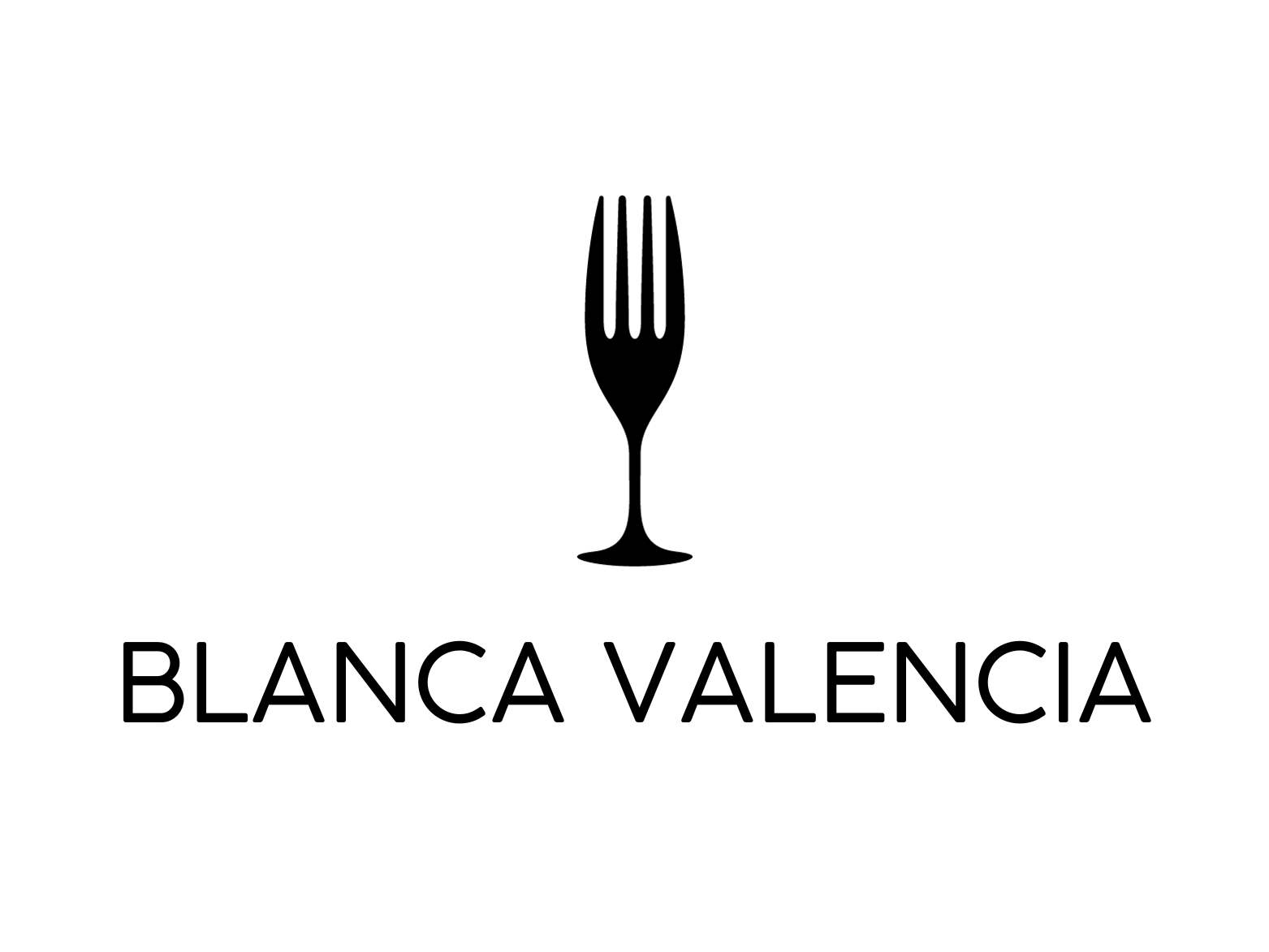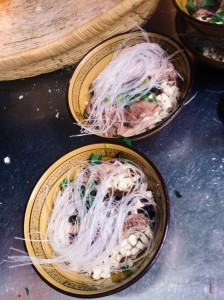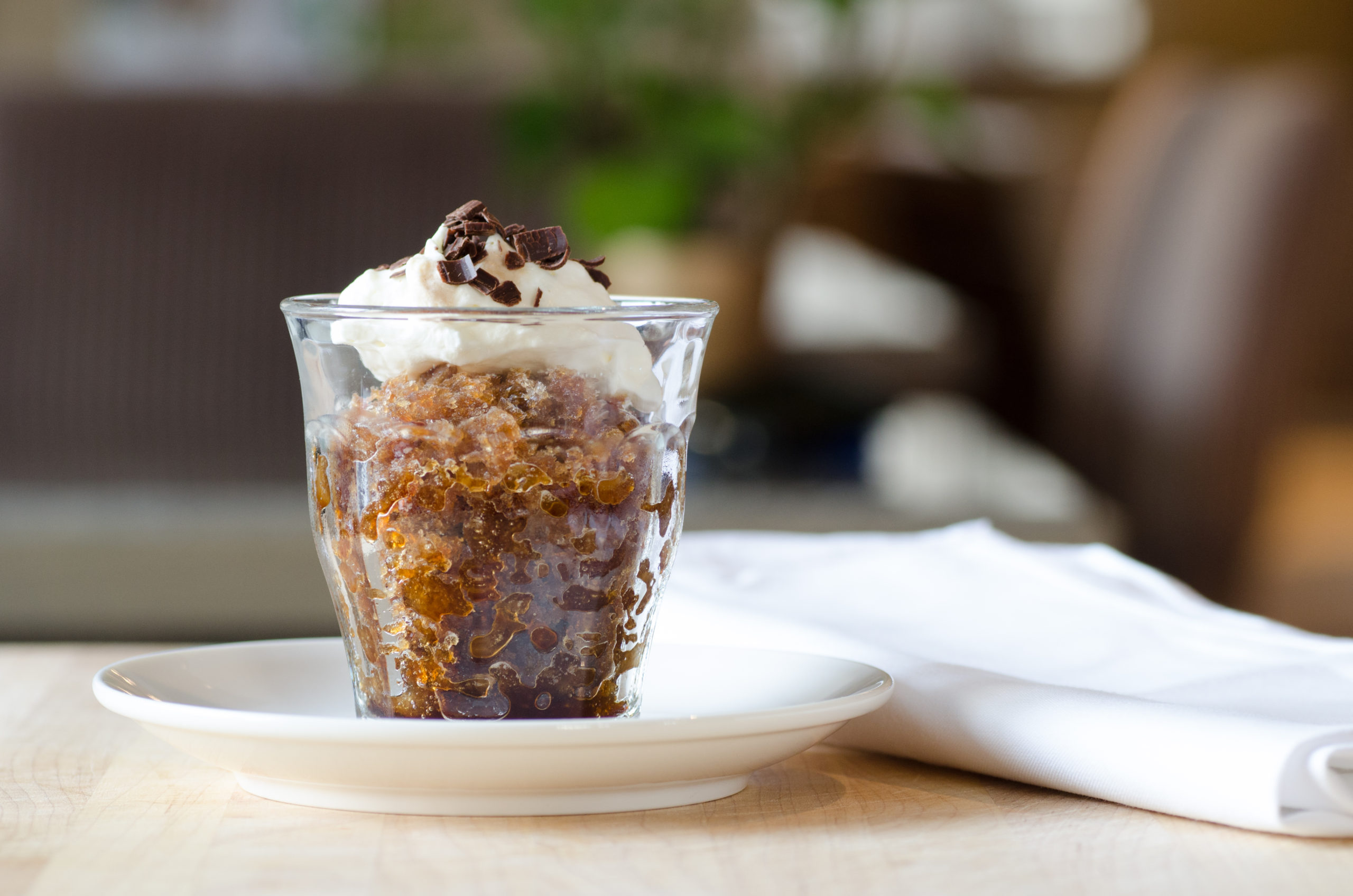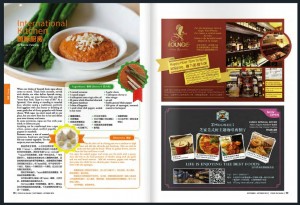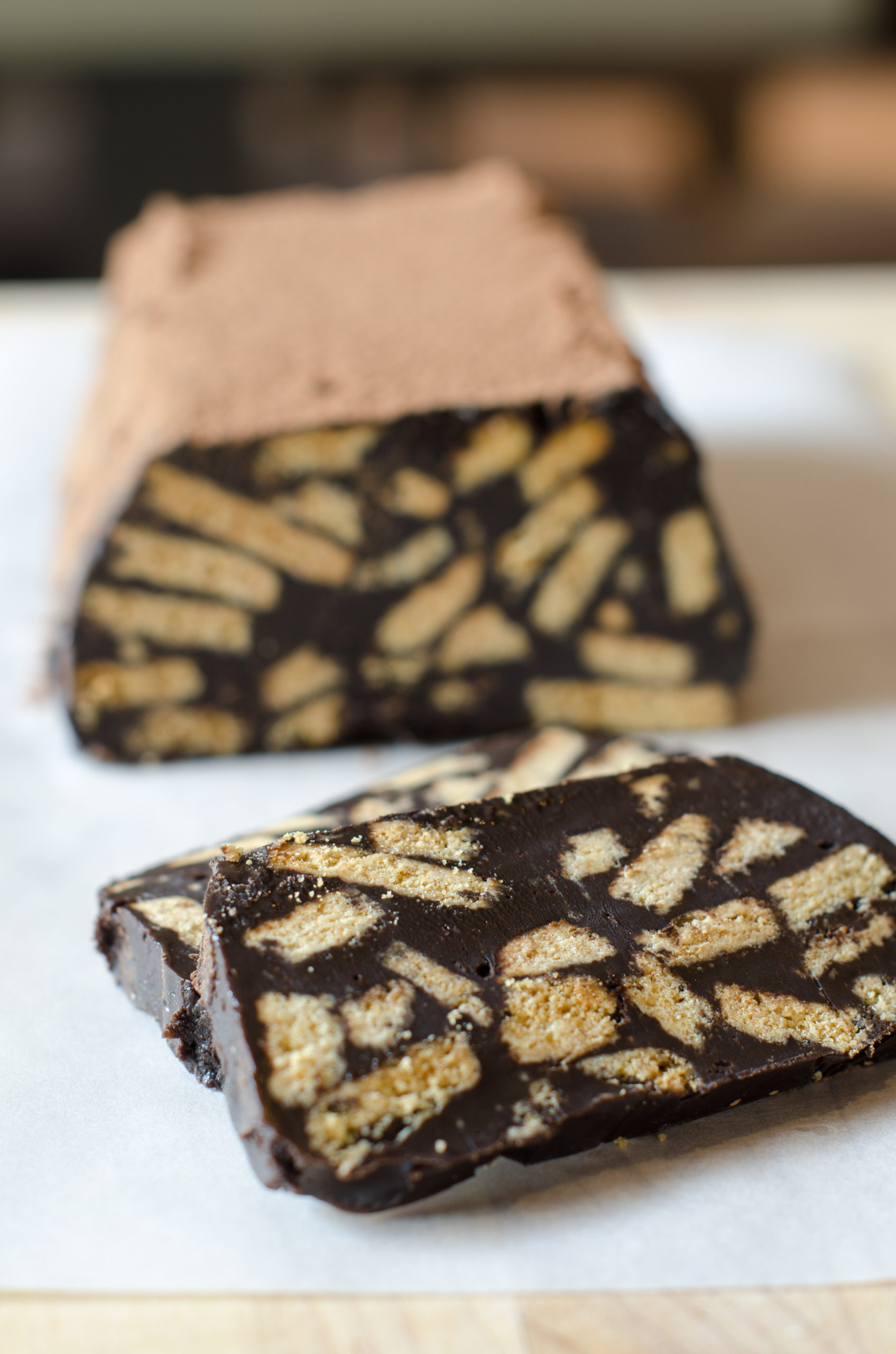When we relocate to China, many of us face having to say bye to four-hob stoves and fancy kitchen equipment and are faced with small kitchens, little countertop space and one-hob burners.
There is no need to panic. The Chinese kitchen is, on close inspection ingenious and versatile. For thousands of years they have managed to prepare feasts with relatively little equipment.
The secret is to create a variety of dishes using different cooking methods: One cold dish, a stew that you can prepare in advance or some steamed dishes that you can stack, a sweet no bake treat, and maybe a last minute stir-fry.
To get started, buy a wok. You can use a wok for stir-frying, stewing, deep-frying, boiling, steaming. It is a truly diverse kitchen tool. They are inexpensive and easy to take care of.
Next, get a good set of bamboo steamer baskets that allow you to cook several things at the same time in a healthy way.
The next items is a good Chinese cleaver and chopping board. Once you start using a cleaver, you will wonder what are those crazy Western knife sets for.
Another indispensable piece of equipment is an electric slow-cooker or a pressure-cooker. This tool will allow you to create an extra “hob” and to make amazing stews out of cheaper cuts of meat, cook pasta, beans and grains
Finally, get some no-bake desserts or sorbet recipes under your belt, for this you will need a square baking tin made out of metal or plastic.
Get yourself ready and you will be hosting dinner parties with ease.

Chocolate Broken Biscuit Cake
- 300 g dark chocolate, roughly chopped
- 100 g butter, diced
- 1 teaspoon espresso powder
(optional)
- pinch of salt
- 1 x 400 g can condensed milk
- 250 g digestive biscuits, broken
- Line a 450 g loaf tin with cling film and set aside.
Melt the butter and chocolate in a bowl over a pan of simmering water. Remove from the heat and add the espresso powder, salt and condensed milk, stirring well. Add in the biscuits and stir until they’re evenly distributed in the chocolate. Pour the mixture into the lined loaf tin, pressing it down evenly and firmly with a spatula. Place in the fridge for about 4 hours or until set. Cut into thin slices or small cubes to serve.

